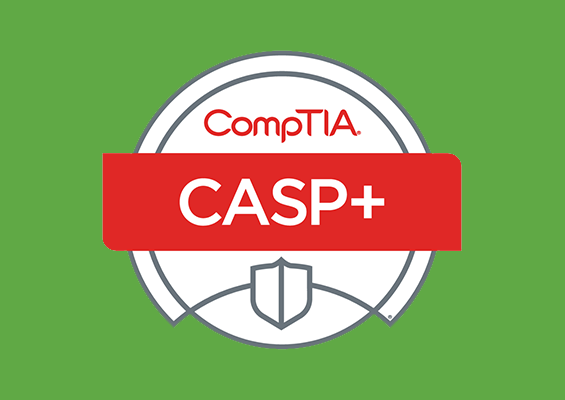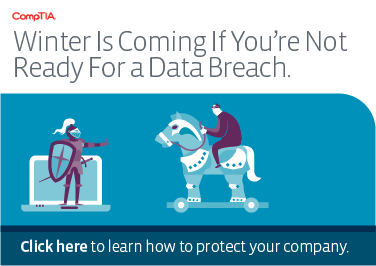 Did you miss the webinar? Don't worry! Register below, and you'll get a link for the on-demand webinar that you can watch at any time.
Did you miss the webinar? Don't worry! Register below, and you'll get a link for the on-demand webinar that you can watch at any time.
For some years now, IT pros worldwide have heard that multifactor authentication will save the world. Amazon has required two-factor authentication for a while, and it has been said that multifactor authentication can help stop many ransomware attacks, as well as typical phishing attacks. It has even been suggested that it can cure the common cold. Will it?
Well that’s highly doubtful. But, multifactor authentication is a key security control. It’s an increasingly standard part of a well-defined security policy and is one of the ways to help create a resilient network. I bet that while you may have heard of multifactor and two-factor authentication before, you probably never really had a chance to get it up and running in the real world. You may be using two-factor authentication as a consumer, but have you taken the time to configure it yourself on a server or workstation?
Well, now’s your chance! In the next Office Hours with James, we’re going to set up two-factor authentication using Authy and Secure Shell (SSH). First, we’ll set up public key authentication (first factor) and configure a Linux system to use your phone’s Authy mobile app (second factor). By the end of this hour, you’ll be using two factors of authentication, completely bypassing passwords.
So, if you’re interested in creating a useful, practical implementation of two-factor authentication, then join Dr. James Stanger to learn more.




0